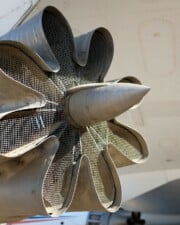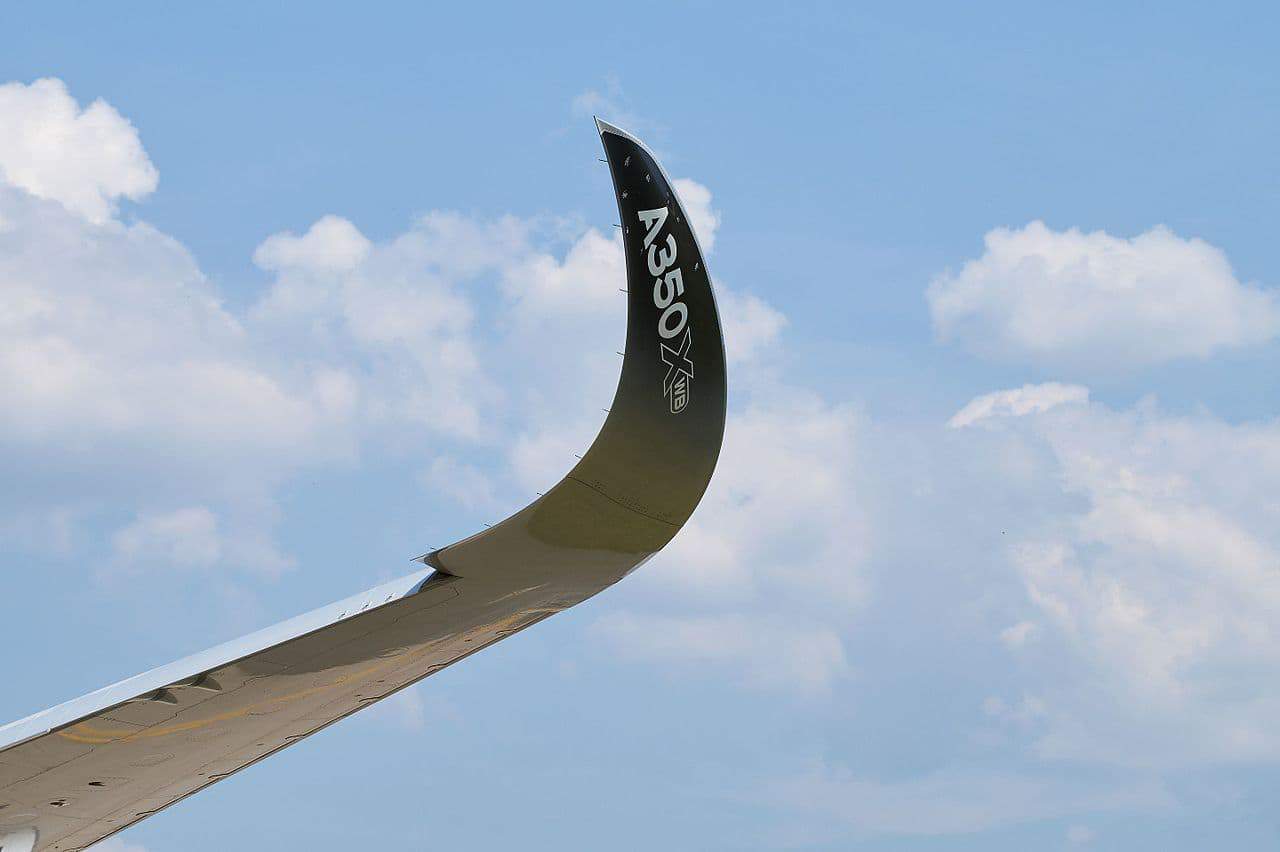It’s common for Hollywood movies to show scenes of cabin depressurization. The unfolding tragedy includes oxygen masks popping out of their sockets, objects flying in the air, and passengers sucked out of the cabin. All these scenes make the viewer think, why are airplane cabin pressurized, and what would happen if the plane loses cabin pressure?
Why Are Airplanes Pressurized?
The airplane cabin is pressurized to maintain the air pressure at sea levels because if the cabin is not pressurized, passengers will get sick, lose consciousness, and possibly die. Airplane cabins are pressurized to maintain the air pressure inside the cabin, so that passengers are able to breathe.

Air Pressure At High Altitude
Most commercial jets and private jets fly at an altitude between 30,000 feet and 40,000 feet. At these high altitudes, the air pressure is greatly reduced compared to levels on the ground that we’re used to.
On the ground level, the air we breath is perfectly suited to the human body. The air pressure is about 14.7 pounds per square inch and everyone gets an appropriate amount of oxygen.
As we go higher, the air pressure decreases and we also get less oxygen as a result. For instance, at 18,000 feet, the air pressure is almost half compared to the air pressure at the ground.
The lack of air pressure means that most humans will need oxygen masks above 18,000 feet due to the lack of oxygen.
In fact, the lack of oxygen and thin air starts to take its toll when we are going uphill or we’are driving up the mountain. As the altitude rises, humans start feeling the impact of less oxygen leading to nausea, vomiting, and the feeling of breathlessness.
The lack of oxygen at higher levels can cause slower thinking, dimmed vision, and death. The sudden change in pressure, if an airplane descends or ascends too rapidly, can also cause the loss of subconscious due to the excess nitrogen coming out of the bloodstream.
The latter is a condition known to scuba divers who rise too quick from deep water. To avoid this condition, airplane cabins slowly and gradually depressurize and pressurize the cabin on landing and takeoff.
In a nutshell, airplane cabins are pressurized to maintain the air pressure inside the cabin, which should be comfortable for passengers. In addition, the pressurization helps deal with the effects of rapid changes in altitudes during landing and the takeoff.
What Pressure Are Airplanes Pressurized To
To better understand why airlines need to pressurize their cabins, it is important to clarify the air pressure once the airplane is at a cruising altitude of more than 30,000 feet.
At 35,000 feet, the air pressure is only about 4 pounds per square inch compared to 14.7 pounds per square inch. In simple words, an average human will lose consciousness within minutes if the cabin is not pressurized.
Most airlines are pressurized to maintain consistent air pressure between 11 psi and 12 psi. To avoid dangers associated with sudden changes in altitude, every plane has a pressurized system that replaces interior air with the air outside the cabin.

These outflow valves are usually found in the aft section of the plane, which opens and closes according to the altitude level maintaining constant air pressure inside the cabin.
How Is The Airplane Cabin Pressurized?
The cabin is pressurized using vents in the engine of an airplane. In modern commercial airlines, a series of vented rotors are present behind the large fans of the engine. These overflow valves are automatically controlled by the onboard computers, but pilots are also able to control these outflow valves.

When the pressure inside the cabin needs to be lowered, the outflow valves open up to allow air. The process is also called bleeding the air inside the cabin. In a controlled manner, the valve is opened and shut to control the air pressure inside the cabin.
The valve continues to function throughout the journey, which means that a fresh cycle of air is bled inside the cabin every 2 to 3 minutes. In some aircraft, the pressure comes from the combustion of the engine.
During the engine combustion cycle, the air originates from outside the cabin, which is transferred from the engine’s compressor to the cabin. The hot combustion air also protects the airplane engine and wings from ice buildup at high altitude.
What Happens When A Plane Loses Cabin Pressure?
When a cabin is suddenly depressurized, oxygen masks pop out of the upper sockets to provide oxygen supply to passengers.
Despite the availability of oxygen, a depressurized cabin can prove dangerous because passengers will be in danger of hypothermia and hypoxia. They will be exposed to severe cold and the effect of altitude changes if the plane climbs down quickly to avert the situation.

Under these circumstances, pilots are trained to bring the airplane to altitudes of around 8,000 to 10,000 feet gradually. The low altitude would allow passengers to avoid health injuries related to a depressurized cabin.
According to experts, if the cabin depressurization occurs due to a blown-out door or an open space, the cabin will be enveloped by a misty fog. Small objects and tissue papers will fly around the cabin. If all the passengers are wearing seatbelts, there is little danger of them being sucked out of the airplane.
If someone thinks that airplanes should fly at a lower altitude to avoid dangers associated with depressurization, they should better think again.
Flying low will put the airplane in danger of striking mountains and high-plains. In addition, the airplane will be prone to lightning, thunder strikes, and adverse weather. In fact, the airplane will be less fuel-efficient, more time-consuming and more costly for everyone to fly.
References ▾
Related Posts















